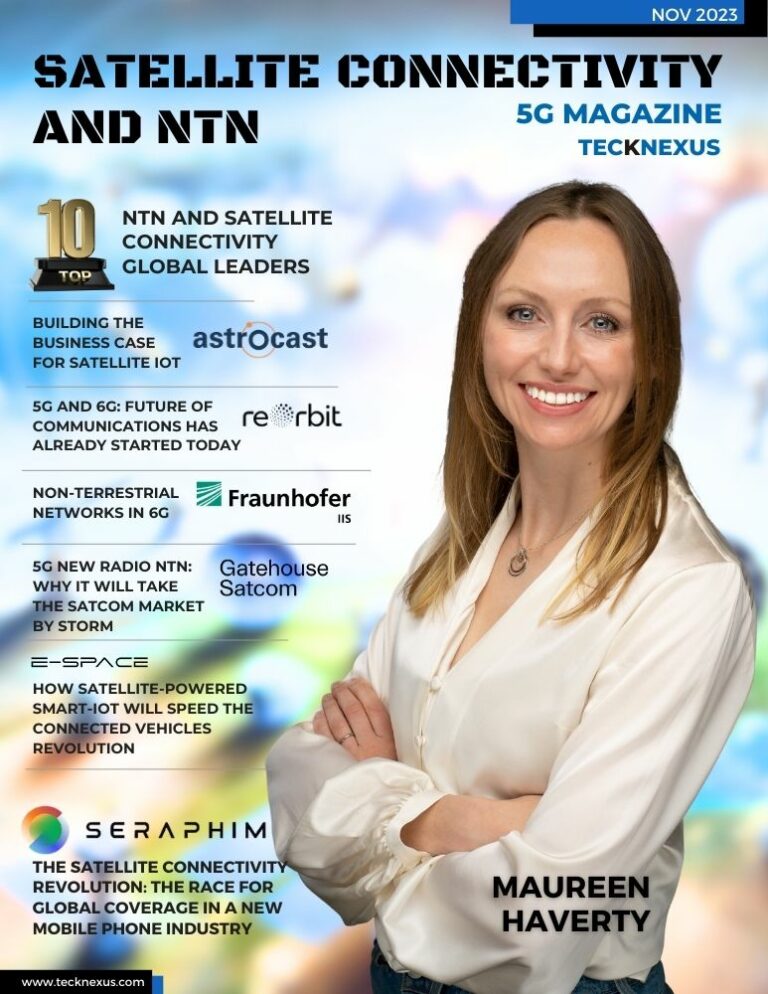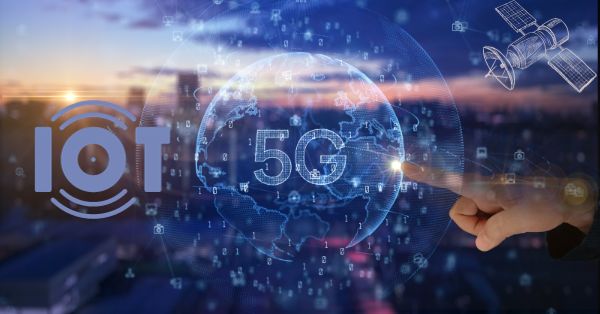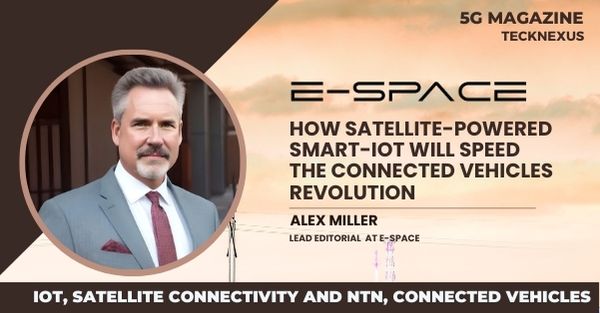Stockholm – Tele2 AB (“Tele2”) (Nasdaq Stockholm: TEL2 A and TEL2 B) has won an extensive Nordic-wide procurement deal to provide network services for the fuel company OKQ8, with a focus on climate-smart total solutions. As part of the deal, Tele2 will establish one of the largest networks using SD-WAN technology in northern Europe.
Through the new agreement, Tele2 will supply OKQ8 with several innovative services within a ‘network as a service’ framework. Tele2 will offer this service for the life-cycle management and recycling of electronic waste to give OKQ8 a fully circular process that contributes to its own sustainability efforts.
– OKQ8 has the same ambitious approach as Tele2 to innovation and sustainability and we look forward to a long and rewarding partnership. With our innovative technology, we want to help OKQ8 to contribute to the transition to a smarter and more sustainable world, says Sofia Ahlmark Hyvärinen, Sales Director B2B, Tele2.
The agreement with OKQ8 will include connection over fiber and 5G. The services will be delivered to approximately 600 service stations, depots, and offices in Sweden and 300 in Denmark. As part of the deal, Tele2 will establish one of the largest networks using SD-WAN technology in northern Europe.
– We place great value in working together with our suppliers for increased sustainability, and Tele2’s ambitious climate goals were an important factor for us in choosing a collaboration partner, says Filippa Jennersjö, CIO/CDO, OKQ8.
For more information, please contact:
Fredrik Hallstan, Head of PR, Tele2, +46 761 15 38 30 / fredrik.hallstan@tele2.com
Pernilla Grennfelt, Interim Head of Investor Relations, Phone: +46 701 66 31 74
Tele2’s purpose is to enable a society of unlimited possibilities. Ever since Tele2 was founded in 1993, we have continued to challenge prevailing norms and dusty monopolies. Today our networks enable mobile and fixed connectivity, telephony, data network services, TV, streaming and global IoT solutions for millions of customers. We drive growth through customer satisfaction and smart combined offerings. Tele2 has been listed on Nasdaq Stockholm since 1996. In 2021, Tele2 generated revenue of SEK 27 billion and reported an underlying EBITDAaL of SEK 10 billion. For latest news and definitions of measures, please see our homepage www.tele2.com
Source: Cision News Read More

















